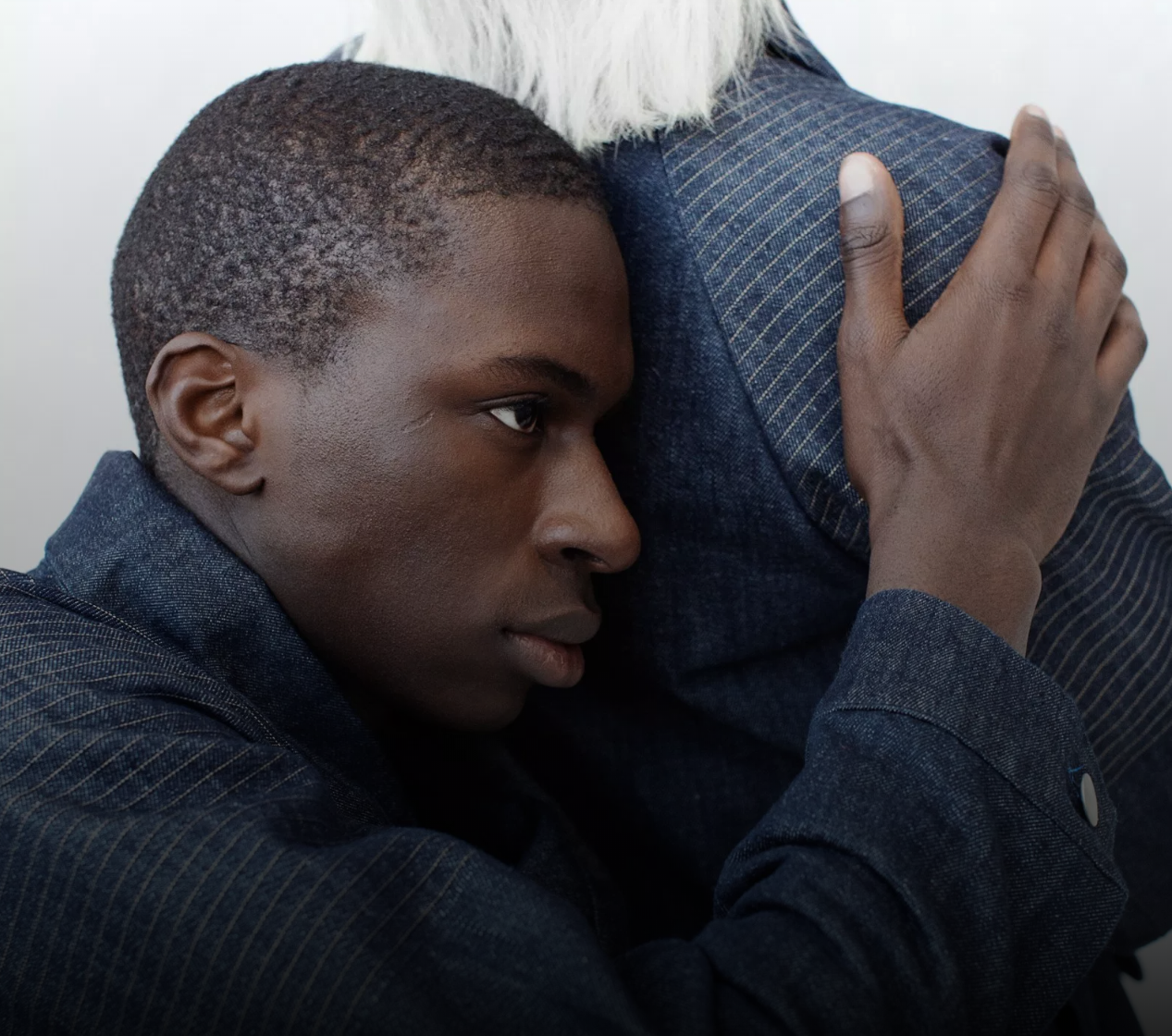/*
Robert Oh
Section C
rhoh@andrew.cmu.edu
Project-01
*/
function setup() {
createCanvas(600, 600);
background(68, 149, 255);
}
function draw() {
// face
strokeWeight(0);
fill(0, 0, 0);
ellipse(300, 300, 200, 240);
fill(255, 230, 189);
rect(288, 400, 25, 40)
ellipse(300, 312, 200, 220);
// hair
fill(0,0,0);
arc(312, 212, 105, 70, PI, 0)
arc(301, 210, 60, 10, 0, PI)
// eyes
strokeWeight(0);
fill(255, 255, 255);
ellipse(260, 270, 35, 6);
ellipse(330, 270, 35, 6);
fill(0, 0, 0);
ellipse(265, 268, 18, 8);
ellipse(335, 268, 18, 8);
ellipse(240, 285, 2, 2);
arc(260, 275, 30, 1, 7*PI/4, PI);
arc(331, 275, 30, 1, 7*PI/4, PI);
fill(255,255,255);
ellipse(268, 266, 6, 4);
ellipse(338, 266, 6, 4);
// eyebrows
fill(0, 0, 0)
quad(237, 254, 250, 240, 250, 246, 237, 255);
quad(250, 240, 274, 242, 272, 245, 250, 246);
quad(353, 254, 338, 240, 338, 246, 353, 255);
quad(338, 240, 314, 242, 316, 245, 340, 246);
// mouth
arc(299, 360, 85, 70, -PI/32, PI - PI/32);
fill(244, 66, 86);
ellipse(300, 388, 40, 15);
fill(0, 0, 0)
arc(348, 360, 3, 10, 3*PI/2, PI/2);
arc(250, 368, 3, 10, PI/2, 3*PI/2);
fill(255, 255, 255);
// teeth
strokeWeight(0);
arc(334, 356, 10, 15, -PI/32, PI - PI/32);
arc(324, 357, 10, 15, -PI/32, PI - PI/32);
arc(314, 358, 10, 15, -PI/32, PI - PI/32);
arc(304, 359, 10, 16, -PI/32, PI - PI/32);
arc(294, 360, 10, 15, -PI/32, PI - PI/32);
arc(284, 361, 10, 15, -PI/32, PI - PI/32);
arc(274, 362, 10, 15, -PI/32, PI - PI/32);
arc(264, 363, 10, 15, -PI/32, PI - PI/32);
// nose
fill(255, 210, 96);
quad(300, 305, 310, 315, 310, 320, 300, 320)
//arc(300, 315, 20, 20, PI, 0)
//body
strokeWeight(0);
fill(10, 15, 114);
arc(300, 610, 200, 350, PI, 0);
strokeWeight(1);
fill(255, 255, 255);
rect(258, 500, 85, 6)
rect(258, 520, 85, 6)
rect(258, 540, 85, 6)
rect(258, 560, 85, 6)
rect(258, 580, 85, 6)
fill(68, 149, 255)
noStroke();
quad(258, 500, 240, 550, 230, 600, 258, 600)
quad(343, 500, 361, 550, 371, 600, 343, 600)
quad(258, 500, 260, 520, 262, 555, 258, 600)
quad(343, 500, 341, 520, 339, 555, 343, 600)
}When I first sat down and started thinking of ideas for this project, I wanted to be straight-forward and focus on my most prominent features. I’d say that one of my most unique traits is my laughing smile, since I love telling jokes and having fun. I was able to recreate this by adding in my wide, slightly-crooked smile, my squinched-up eyes, and my dimples.
![[OLD FALL 2018] 15-104 • Introduction to Computing for Creative Practice](https://courses.ideate.cmu.edu/15-104/f2018/wp-content/uploads/2020/08/stop-banner.png)

